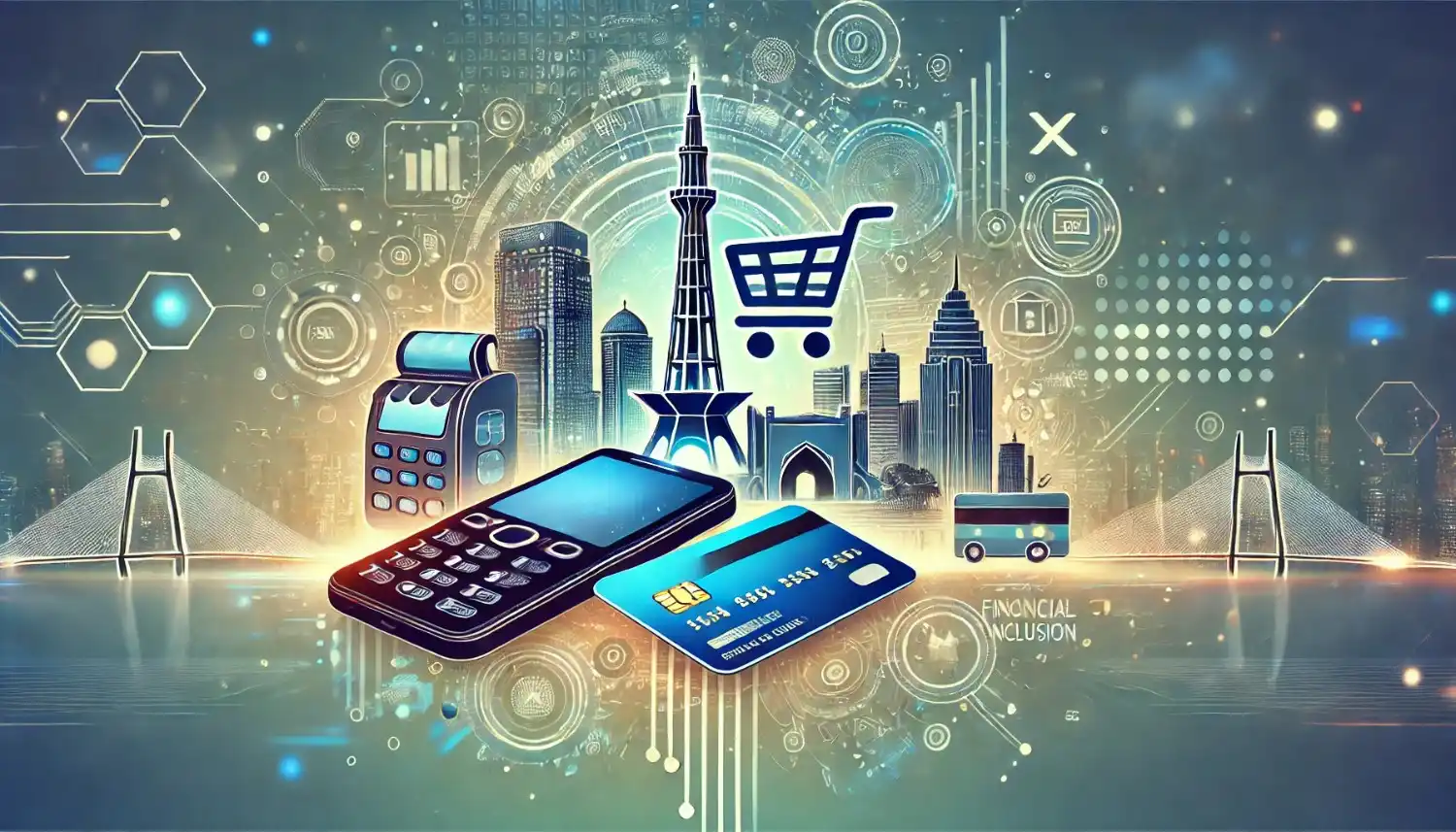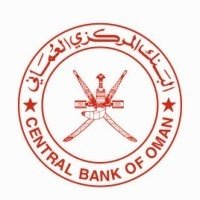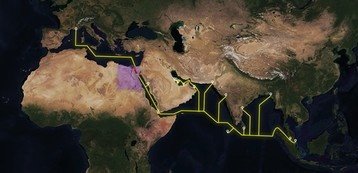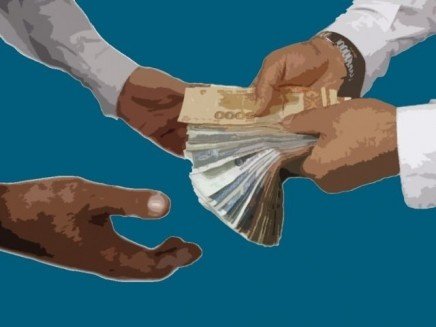Digital payments in Pakistan saw a notable 9% increase in the first quarter of FY25, with retail payments growing by 8%, according to the State Bank of Pakistan (SBP). Khurram Schehzad, Adviser to Finance Minister Mohammad Aurangzeb, shared the insights via a series of tweets.
During the period, retail transactions reached 1.951 billion, with a transaction value of Rs136 trillion (approximately $490 billion). Digital payment channels accounted for 87% of the transaction volume and 27% of the transaction value, reflecting a 3% increase. Conversely, over-the-counter (OTC) transactions made up 13% of the volume and 73% of the value, showing a 3% decline.
Mobile banking apps, along with microfinance banks (MFBs), branchless banking (BBs), and electronic money institutions (EMIs), played a key role in this growth. These platforms processed 1.301 billion transactions worth Rs19 trillion, marking an 11% rise in transaction volume and a 14% increase in transaction value compared to the previous quarter.
The number of mobile banking app users grew by 4%, reaching 96.5 million, up from 93 million in the previous quarter. E-commerce transactions also saw significant growth, recording a 29% increase, with 118 million online payments processed. Notably, 91% of these transactions were completed using digital wallets, signaling a major shift away from traditional card-based payments.
Point-of-Sale (POS) terminals also expanded, with the total number rising to 132,224, facilitating 83 million transactions worth Rs429 billion.
A major highlight was the performance of the Raast instant payment system, which processed 197 million transactions worth Rs4.7 trillion. The average transaction value on Raast was Rs24,000, significantly higher than the Rs16,000 average per transaction on 243 million ATM transactions worth Rs3.9 trillion.
Despite the ongoing expansion of the ATM network, the Raast system’s average transaction value was 50% higher than traditional cash transactions. Khurram Schehzad emphasized that more efforts are needed to document the economy and pointed out the immense potential for Pakistan to transition to a fully digital economy, offering accessible, reliable, and innovative financial services that drive economic growth and financial inclusion.















